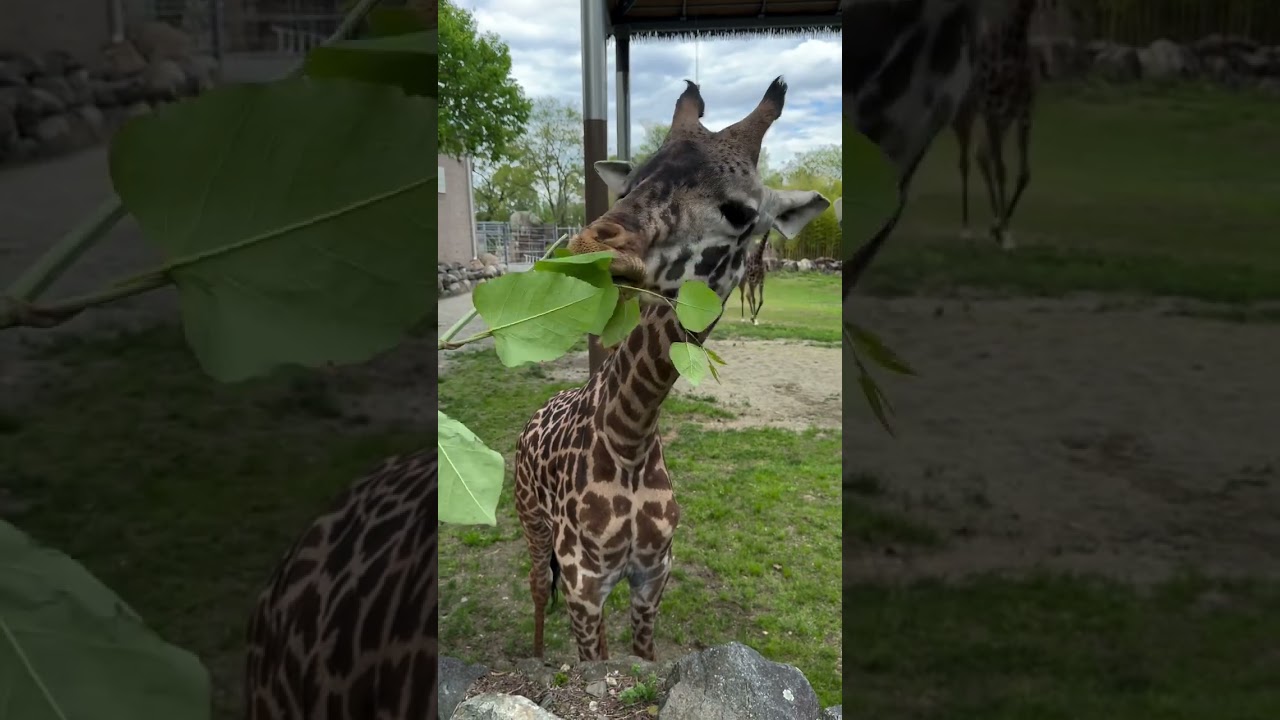- Overview of Enzi’s Afternoon Routine and Habitat
- Zoological Insights into Herbivore Diets
- The Role of Conservation and Zoo Management
- Impact on Ecosystem and Biodiversity
- Importance of Educational Outreach in Conservation Efforts
Enzi’s afternoon snack ritual offers a window into the fascinating life of herbivorous mammals. Observing Enzi, a charismatic species, as he indulges in his midday meal, provides an educational opportunity that blends zoology, conservation, and practical zoo management. This intricate relationship between an animal’s diet, habitat, and overall well-being underscores the essential role of modern zoos in global conservation efforts.
Enzi’s daily routine is structured to emulate his natural environment as closely as possible. This deliberate crafting of habitat is critical for his health and well-being. The creation of enriched environments encourages natural behaviors and provides mental stimulation crucial for captive animals. Insight into Enzi’s dietary preferences reveals the importance of a balanced intake of fresh foliage, which mirrors the plant species found in his native range. Botanical diversity in snacking ensures nutrient variability, supporting his overall health.
Understanding herbivore diets offers fascinating insights into mammalian nutritional needs. Species like Enzi require varied vegetation to thrive. This knowledge guides the development of dietary plans, ensuring they receive all necessary nutrients. Leafy greens, flowers, and fibrous branches provide essential fibers, minerals, and hydration. Such consideration minimizes health issues commonly found in captivity, like dietary deficiencies.
Modern zoo management practices play a pivotal role in conserving endangered species. Enzi’s care exemplifies how zoos act as biodiversity repositories. The integration of scientific research, environmental education, and community engagement forms the backbone of these efforts. Breeding programs contribute to genetic diversity and assist in reintroducing species into the wild, while veterinary care and behavioral monitoring maintain optimal health.
The health of ecosystems hinges on keystone species like Enzi. As primary consumers, herbivores help regulate plant communities. Their grazing patterns maintain ecosystem balance. Moreover, their role as seed dispersers fosters plant diversity. This interconnectedness underscores the importance of maintaining thriving populations in captive and wild settings.
Education is crucial for conservation. By highlighting Enzi’s role within the ecosystem through engaging programs, zoos inspire visitors to value wildlife. Conservation messaging increases awareness and inspires action. Programs tailored to diverse audiences help cultivate a global community committed to wildlife preservation.
Implementing these educational strategies serves not only to protect species but also to foster a deeper understanding of the fragile web of life. As zoos evolve, their integrated approach to conservation, education, and engagement becomes increasingly important. By focusing on the interconnectedness of all living beings, they continue to positively impact both local ecosystems and global biodiversity.
*****
Source Description
Giraffes are known for their exceptionally long tongues (18in-20in), but did you know that their tongues are also prehensile and muscular? This allows giraffes to grasp, manipulate, and pull leaves from tall, thorny trees.


